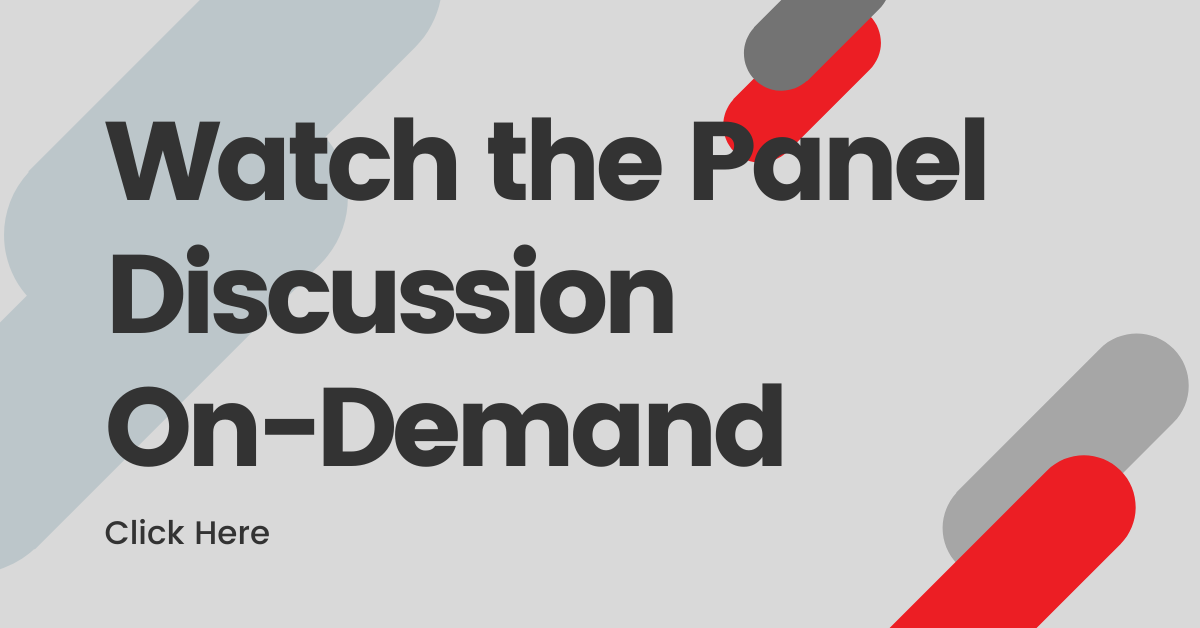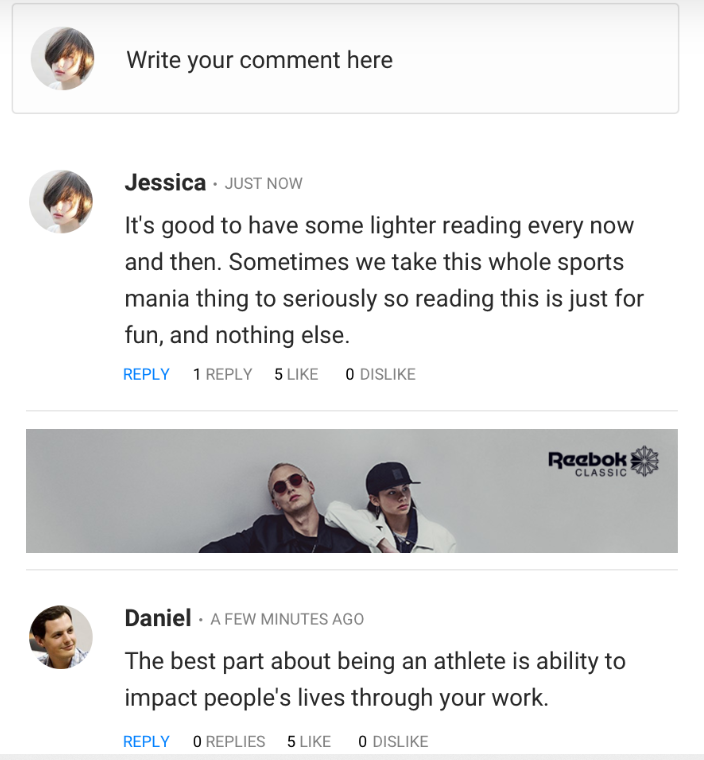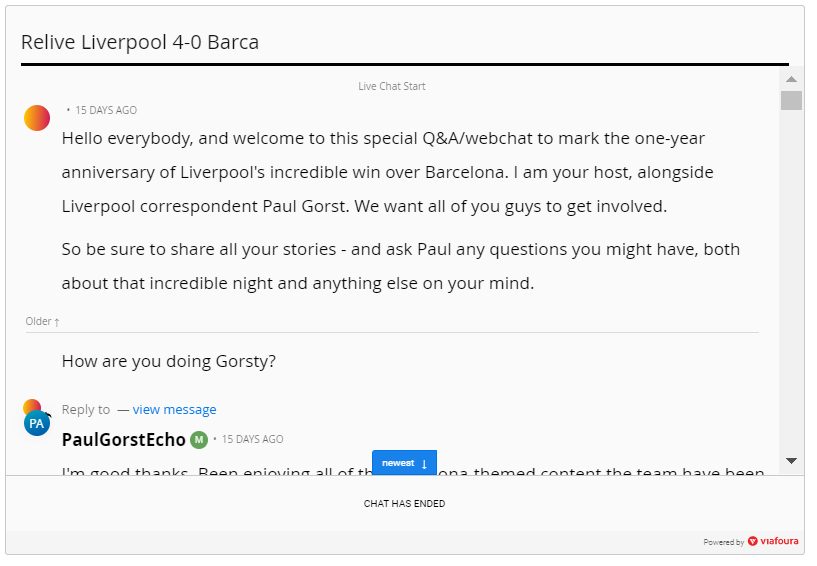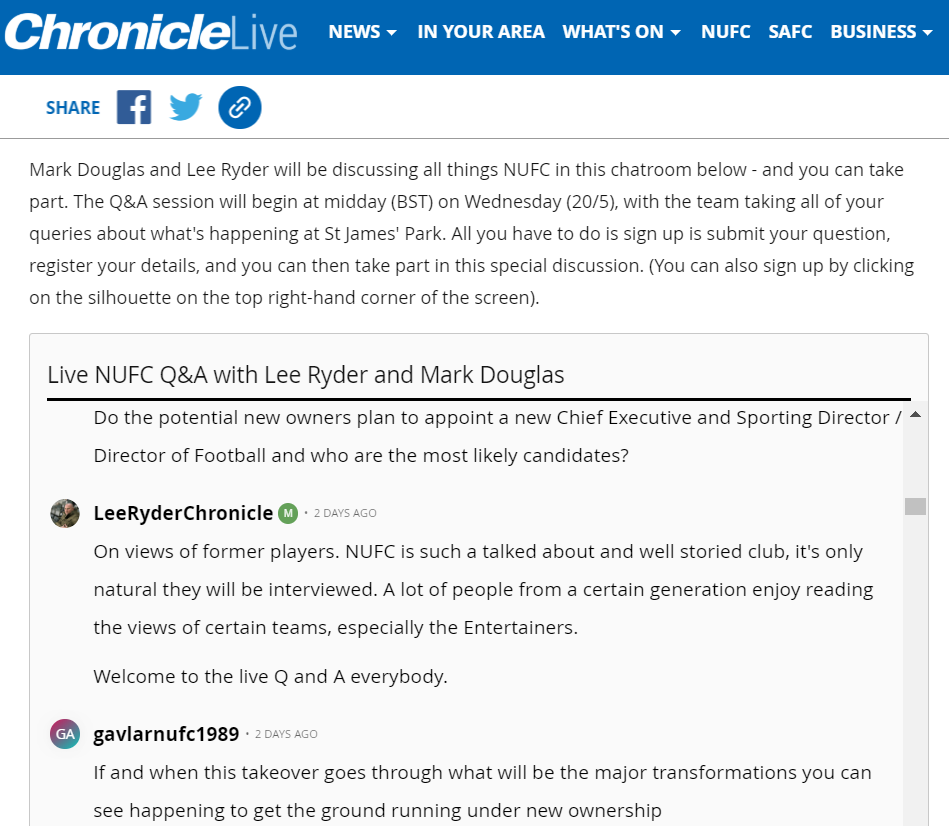Third-party cookies are slowly disappearing from the internet. As a result, media companies are in a race against time to find and execute new strategies to collect user data.
Gathering first-party data, user information that’s collected directly on a website consensually, has become essential for businesses everywhere.
“First-party data is going to be very effective — it already is — in helping marketers target in different ways,” states New York Times’ CEO, Meredith Kopit Levien.
Media companies can use this data to peer into their visitors’ habits and preferences, which is valuable knowledge that can enhance their platforms and content.
This information is key to securing new revenue streams and long-term loyalty from digital community members.
In pursuit of company growth and first-party user data, here’s what media companies across all industries have been focusing on recently.
Enabling Conversation Within Online Communities
Social tools that allow website visitors to participate in discussions carry a series of benefits for businesses. Not only do they encourage human connections to form around a brand, but they also persuade consumers to develop loyal habits.
Together, these qualities can transform ordinary consumers into dedicated brand advocates, who rely on your media brand for entertainment or news.
PinkNews, a publisher focused on producing LGBT+ content, is one of many media companies planning to implement commenting on their platform. The digital publication will be reserving commenting for its members to elevate premium experiences.
Media companies like the Daily Hive and Reach plc have also recently implemented new social tools to enhance user experiences and attract subscribers.
But commenting widgets also have another benefit: they collect precious first-party user data.
By logging in to use a conversation widget, visitors offer up information on their identity and visibility into what they’re engaging with online. These insights can improve your website’s appeal to advertisers and help you better understand and retain community members.
Producing Virtual Events
While the pandemic has accelerated the push to digital, virtual events are proving to be profitable alternatives to in-person ones.
Business Insider, for instance, has already increased the number of events it’s run in 2020 compared to 2019. Plus, the media company has multiplied its events revenue by eight over the past year.
Business Insider credits its growth to the less demanding nature of virtual events — in terms of planning and execution — and the multiple ways in which they can be monetized.
The Financial Times is also prioritizing virtual events as a way to extract information on new audiences.
According to Orson Francescone, managing director of FT Live, “of the 52,000 people we had attending [one of our events], about 75% were completely new to us.”
New audiences like this can be assessed based on their interests and engagements during events and targeted with subscription offers using their behavior data.
Building Stronger Relationships With Consumers
Now that subscription revenue is a primary revenue stream for most media companies, forging resilient relationships with consumers has become central to growth strategies.
Just look at Spanish publisher Eldiario.es.
Eldiario.es continues to strengthen its relationship with readers by taking the time to listen to and serve community members. That’s why the company saw hundreds of consumers volunteer to pay more than they had to for a membership fee to offer support during the pandemic.
María Ramírez, the media company’s head of strategy, explains that “listening to your audience, answering the phone, owning your mistakes, responding to complaints pays in the long run for any newspaper with a reader revenue model.”
One way to listen to your audience is simply to dig into your data to find out what types of content are earning the most amount of engagement. That way, you can refine your company’s editorial plan to better suit your audience’s interests.
Personalizing Consumer Experiences
Many companies that already have effective processes in place to collect user data are now focused on extracting valuable insights on audience interests and habits. After all, insights on user behavior can help personalize consumer experiences to keep digital visitors coming back.
Personalization has particularly become a major focus for media companies covering political election cycles. For instance, NBC News is targeting consumers with content and alerts specific to their location for the U.S. election.
Whether you choose to personalize a visitor’s mobile alerts or their content feed, customization can improve how much consumers care about media brands.
“If you focus on the customer [enough], you find ways of developing something that means something to them,” explains Claire MacLellon, the COO of Future plc.
Ultimately, using first-party data to create meaningful experiences and connections is necessary to grow subscription numbers and retain existing community members.















